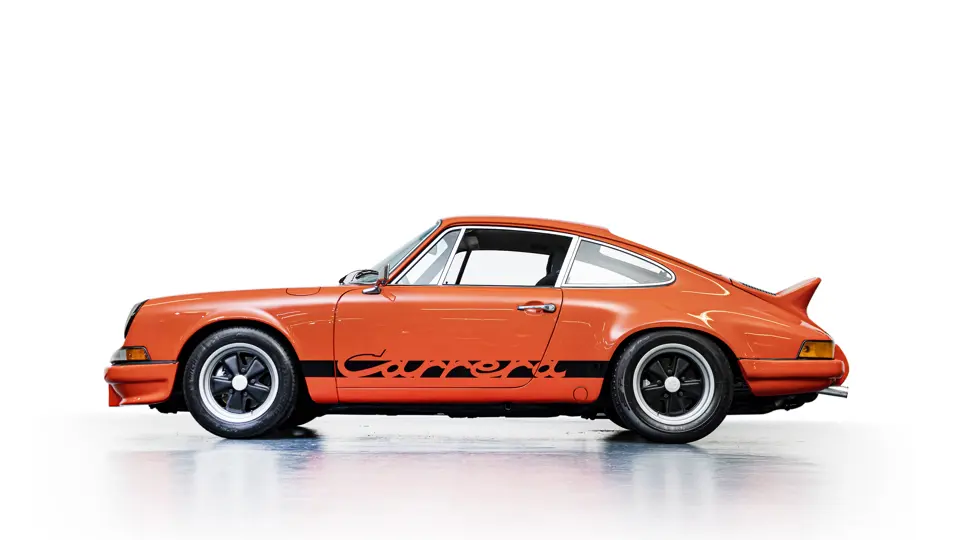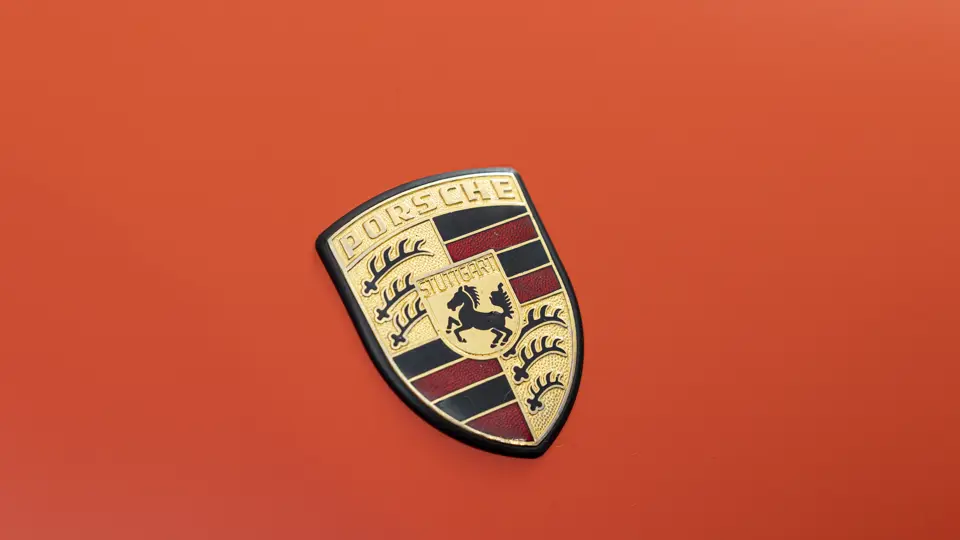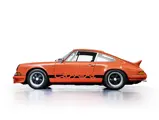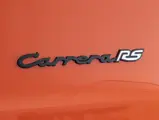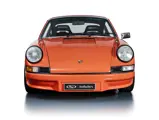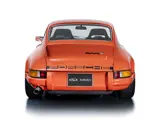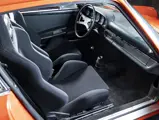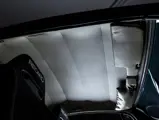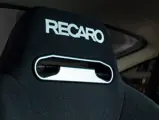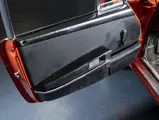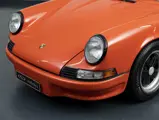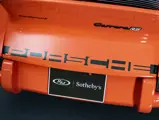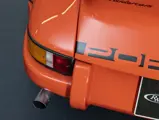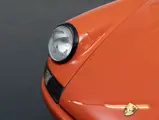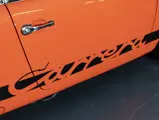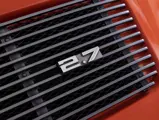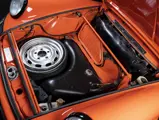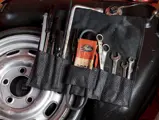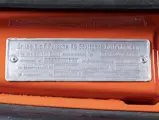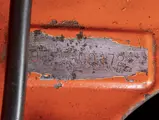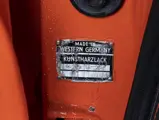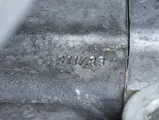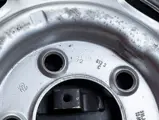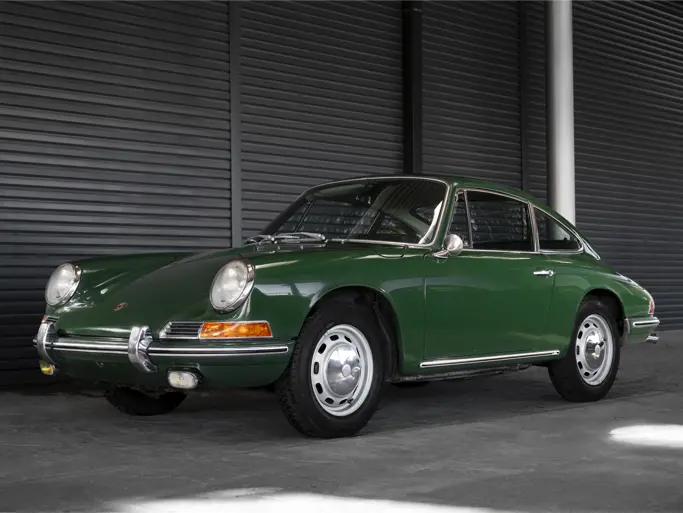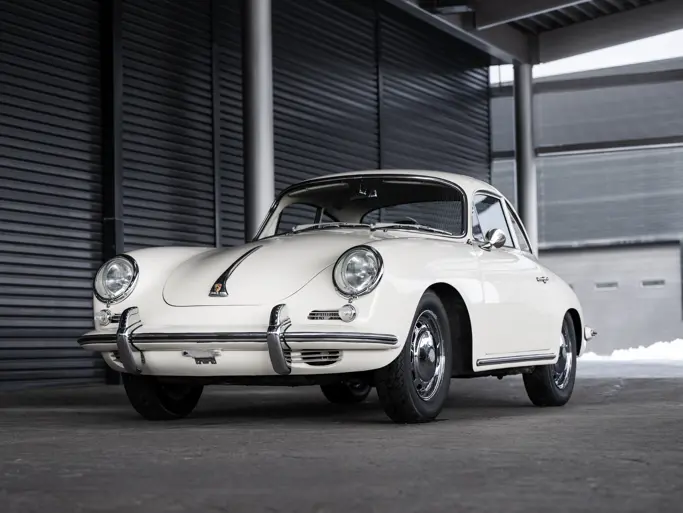
1973 Porsche 911 Carrera RS 2.7 Touring
{{lr.item.text}}
CHF421,250 | Sold
{{bidding.lot.reserveStatusFormatted}}
- Offered from The Carrera Collection
- The 172nd of first 500 “first series” Carrera RS 2.7 examples produced
- Has resided in Switzerland since new; equipped with desirable Recaro seats
- An excellent example of one of Porsche’s most desirable homologation 911s
- Powered by its matching-numbers engine, as confirmed by accompanying Kardex
- Aus der Carrera Collection
- Nummer 172 von 500 Carrera RS 2.7 der ersten Serie
- Seit Erstauslieferung in der Schweiz. Mit begehrten Recarositzen
- Ein exzellentes Exemplar von Porsches meistgesuchtem Homologations-911
- Angetrieben vom Originalmotor, durch Kardex bestätigt
The distinctive “ducktail” rear spoiler of Porsche’s Carrera RS 2.7 has defined one of the most sought-after sports cars to emerge from the fabled Stuttgart marque. The model was born out of Porsche’s burning desire to enter the FIA’s newly launched racing series for production cars. It filled the void left after the retirement of the Le Mans-winning Type 917 prototype racer of late-1960s and early-1970s fame. Not only would another successful racing programme continue Porsche’s presence in competition, company bosses hoped it would also boost sales of its road-going stock, too. Significantly, the Carrera RS 2.7 was the first specific homologation model that Porsche had actively marketed to their customer base.
Using the 911 S Coupé as a base to build on, Porsche’s competition department developed two homologated versions of the Carrera RS. The Sport model, also known as the “Lightweight” (option M471), was intended for competition use and would be largely stripped of its interior. The Touring version (M472) utilised some of the Lightweight’s features but was more refined for spirited-yet-comfortable road use. Many also left the factory with 911 S accoutrements, often including the inclusion of a sunroof, full carpeting, and an entertainment system; some also featured air conditioning.
Key differences came through significant weight-saving, and the fitment of a larger bore 2.7-litre version of the late-specification 2.4-litre 911 S engine. The revised engine was rated at 210 horsepower, packing almost 20 per cent more torque than its predecessor.
Thinner-gauge steel panels, a fibreglass engine cover and bumpers, and minimal creature comforts kept the track-focused RS Sport to just 960 kilograms, and the Touring version to only 1,075 kilograms. On relative terms, the Carrera RS 2.7 offers very impressive performance attributes, capable of sprinting from 0 to 100 km/h in just 5.5 seconds and reaching a top speed of around 240 km/h—stellar figures even when compared to modern production cars.
Porsche set out with the intention of building just 500 examples of the model, but the customer order book was complete before the end of 1972. A second series of 500 were laid down, these being sold by the spring of 1973, so a third series was offered. Ultimately, a total of 1,580 cars were built of all variations, including 1,308 of the “M472” Touring version.
Completed at Zuffenhausen in December 1972, the example offered here is the 172nd of these first 500 “first series” Carrera RS 2.7 examples produced. Its accompanying Kardex sheet confirms that it was delivered new to Switzerland wearing Tangerine paintwork, and fitted with the matching-numbers 2.7-litre Type 911/83 engine that it retains today. This earlier “first series” Carrera 2.7 received a body shell manufactured from a lighter gauge sheet metal (0.80 millimetres), compared to the later-production series cars that were built using 0.88-millimetre thickness steel.
While little is known about its early life, this eminent Carrera RS is believed to have been registered in Switzerland since new. A previous 1987 Swiss registration on file notes that this Carrera RS then resided in Zürich, and a few years later it passed to a Porsche collector in nearby Thalwil. While with its previous owner, it was subjected to over CHF 34,000 of mechanical servicing at Porsche Centre Thalwil, which included the resurfacing and rehoning of its major engine components (block, heads, case), and well as an accompanying engine rebuild.
At some point during the interceding decades of Swiss ownership the car (and its Fuchs wheels) had been refinished in the period shade of Bahia Red, and it was this colour that Carrera RS 172 still wore when it entered into The Carrera Collection in September 2012.
As the 911 has endured through to present-day production, it is clear that there will always be a special place in Porsche history for this first competition-based homologation model. The Carrera RS, undoubtedly the most desirable model of air-cooled 911s, is nothing short of legendary.
Der auffällige „Entenbürzel“ des Porsche Carrera RS 2.7 hat später viele der meistbegehrten Fahrzeuge der Stuttgarter Marke definiert. Dieses Modell entstand als Folge von Porsches Wunsch, in der neuaufgelegten FIA-Rennserie für Serienfahrzeuge mitzufahren. Der RS 2.7 schloss die Lücke, die nach dem Ausscheiden des Ende der 1960er. Anfang der 1970er Jahre erfolgreichen Le Mans-Siegers und Prototypen-Rennwagens 917 entstanden war. Nicht nur würde also ein neues Rennengagement Porsches Präsenz im Wettbewerb sichern, sondern sich auch positiv auf die Verkäufe der Serienprodukte auswirken. So dachte zumindest das Management. Darüber hinaus was der RS 2.7 auch das erste speziell für die Homologation entwickelte Modell, das von Porsche auch in diesem Sinne vermarktet wurde.
Auf Basis des 911 S Coupés baute die Porsche Rennabteilung zwei Homologationsversionen des Carrera RS. Das Sport-Modell, auch bekannt als die Leichtbauvariante mit dem Mehrausstattungskürzel M471, war für den Renneinsatz vorgesehen, und musste daher auf die meisten Bestandteile im Innenraum verzichten. Die Touring-Variante mit dem Kürzel M472 übernahm einige Elemente der Leichtbauversion, war aber alles in allem besser auf einen schnellen, aber eben auch komfortableren Straßeneinsatz abgestimmt. Viele dieser Fahrzeuge verließen das Werk auch mit 911 S Ausstattungsdetails, wozu oft auch ein Schiebedach gehörte, durchgehender Teppich, ein Radio, und bei einigen auch eine Klimaanlage.
Auffälligste Unterschiede waren vor allem die signifikante Gewichtseinsparung sowie der von 2,4 Liter auf 2,7 Liter aufgebohrte Motor aus dem 911 S. Die Leistung war mit 210 PS angegeben, das Drehmoment lag mit 255 Nm rund 20% höher als beim 911 S.
Dünnere Stahlbleche, Motorabdeckung und Stoßfänger aus Glasfaser sowie der weitgehende Verzicht auf Annehmlichkeiten sorgten dafür, dass der rennstreckenorientierte RS Sport nur 960 Kilogramm und die Touring-Version nur 1.075 Kilogramm auf die Waage brachte. Relativ gesehen bietet der Carrera RS 2.7 sehr beeindruckende Leistungsmerkmale: Er sprintet in nur 5,8 Sekunden von 0 auf 100 km/h und erreicht eine Höchstgeschwindigkeit von rund 240 km/h - selbst im Vergleich zu modernen Serienfahrzeugen sind das hervorragende Werte.
Porsche wollte zunächst nur 500 Exemplare des RS bauen, doch schon Ende 1972 waren die Auftragsbücher voll. So wurde eine zweite Serie von noch einmal 500 Exemplaren aufgelegt, die bis zum Frühjahr 1973 verkauft waren, sodass eine dritte und letzte Serie folgte. Insgesamt entstanden 1580 Exemplare in allen Varianten, darunter 1308 Exemplare der Touring-Version M472.
Das hier angebotene Exemplar, das im Dezember 1972 in Zuffenhausen gebaut wurde, ist das 172. Exemplar der „ersten Serie“ von 500 Einheiten des Carrera RS 2.7. Das in den Unterlagen befindliche Kardex-Blatt bestätigt, dass es neu in die Schweiz geliefert wurde mit einem Lack in der Farbe Blutorange, in der es sich auch heute präsentiert. Zum Glück gilt das auch für den originalen 2,7-Liter-Motor vom Typ 911/83. Die Karosserien dieser ersten Charge des Carrera 2.7 waren aus etwas leichterem Blech (0,80 Millimeter), während die späteren Serienfahrzeuge aus 0,88 Millimeter dickem Stahl gefertigt wurden.
Über die ersten Jahre dieses 2.7 RS ist wenig bekannt, doch es wird angenommen, dass er seit Erstzulassung in der Schweiz angemeldet war. Eine frühere Schweizer Zulassung aus dem Jahr 1987 zeigt, dass der Carrera RS damals in Zürich stand und einige Jahre später an einen Porsche-Sammler im nahe gelegenen Thalwil ging. Während der Zeit bei seinem Vorbesitzer wurde im Porsche Zentrum Thalwil die Technik für über 34.000 Schweizer Franken überholt, wozu auch der Erneuerung der wichtigsten Motorkomponenten (Motorblock, Zylinderköpfe, Gehäuse) gehörte.
Irgendwann während der Zeit in Schweizer Besitz wurden der Wagen (und seine Fuchs-Räder) im zeitgenössischen Farbton Bahiarot lackiert, und diese Farbe trug der Carrera RS 172 auch noch, als er im September 2012 in die Carrera Collection aufgenommen wurde.
Und während der 911 auch heute noch produziert wird, wird es klar, dass dieses erste wettbewerbsfokussierte Homologationsmodell immer einen besonderen Platz in der Porsche Geschichte einnehmen wird. Der legendäre Carrera RS ist zweifellos das begehrteste Modell der luftgekühlten 911er.
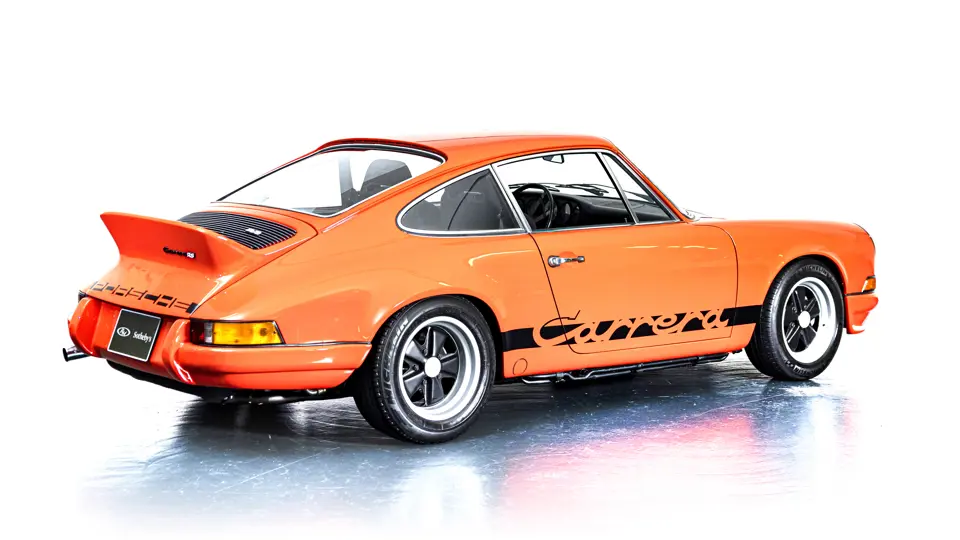

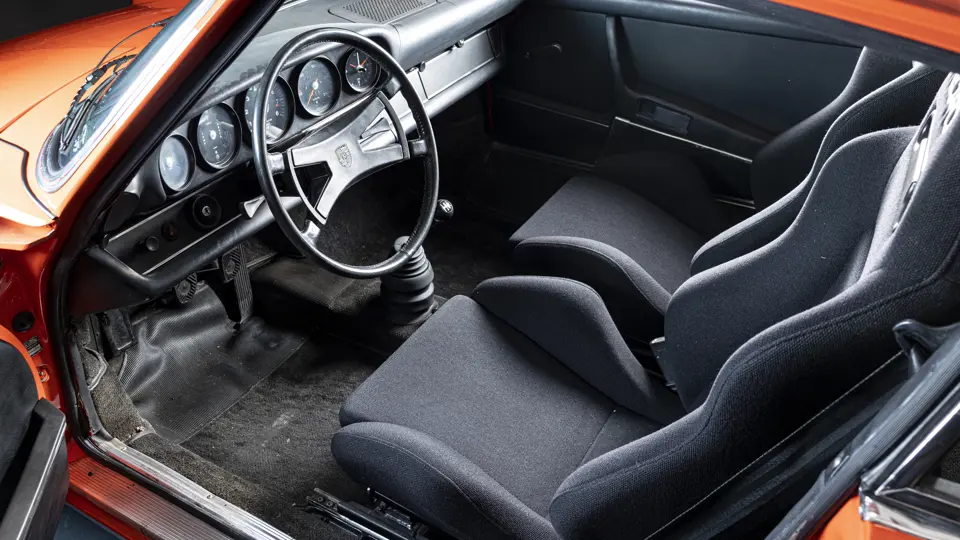

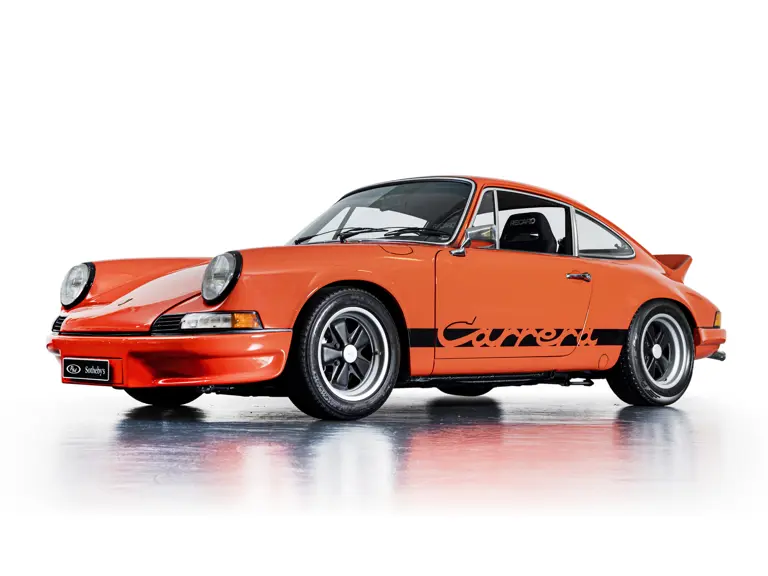
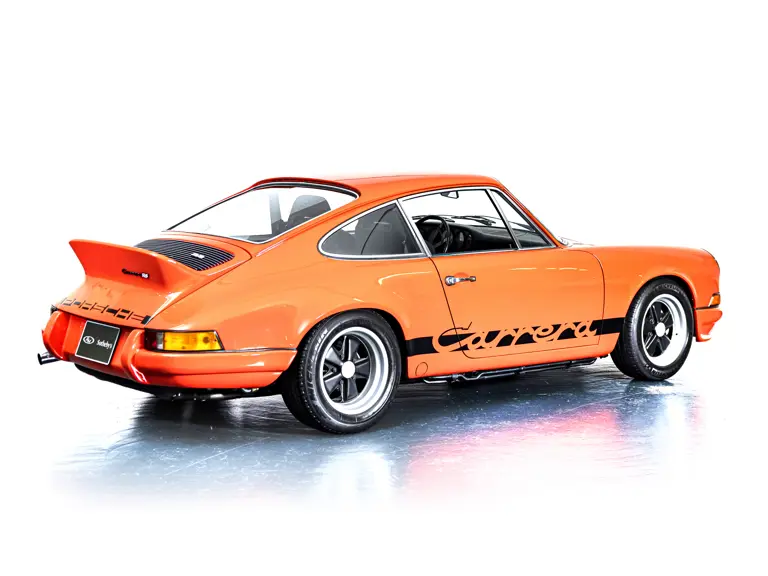
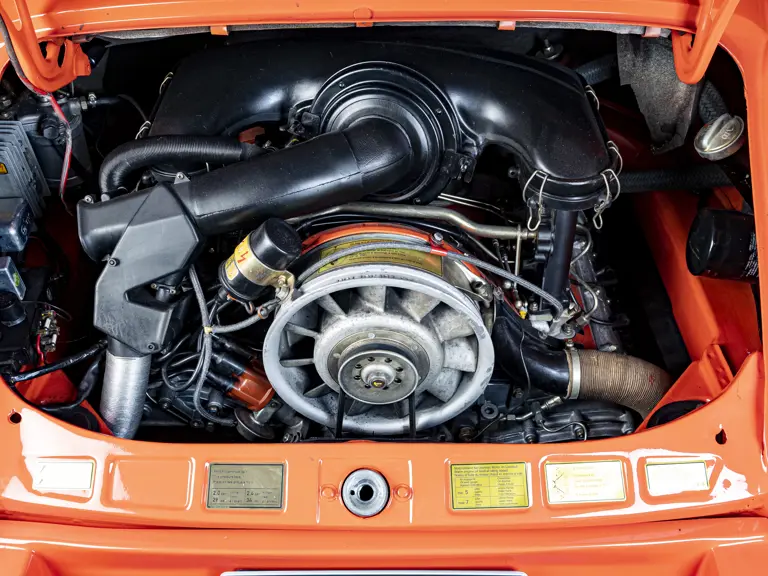
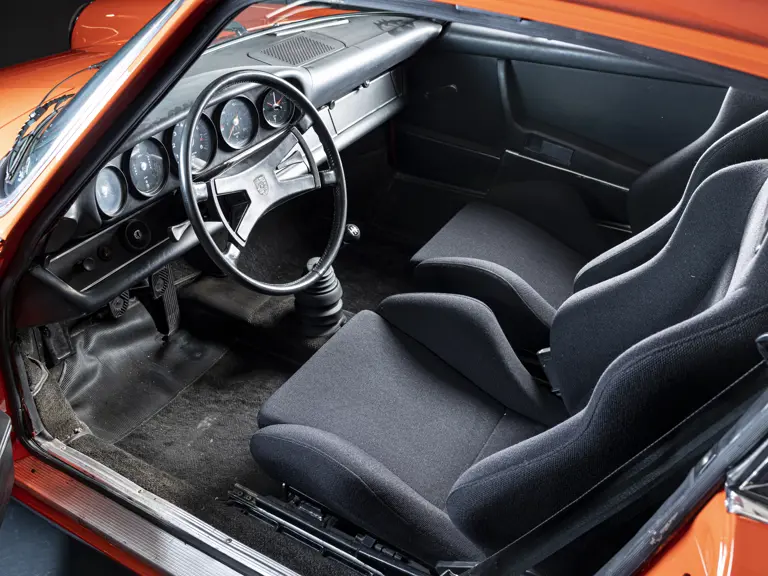

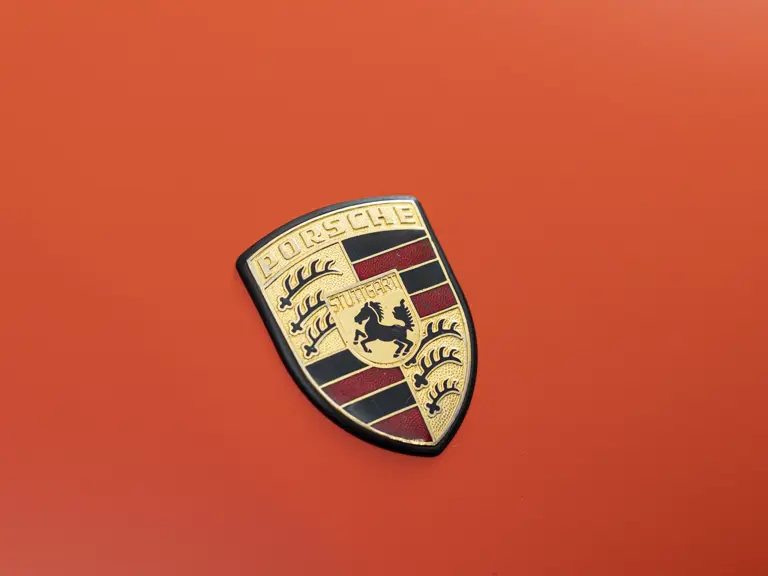

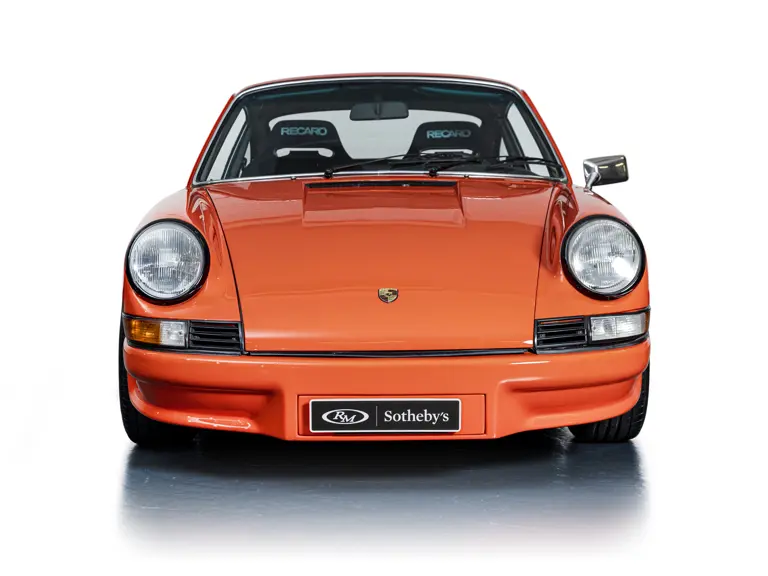

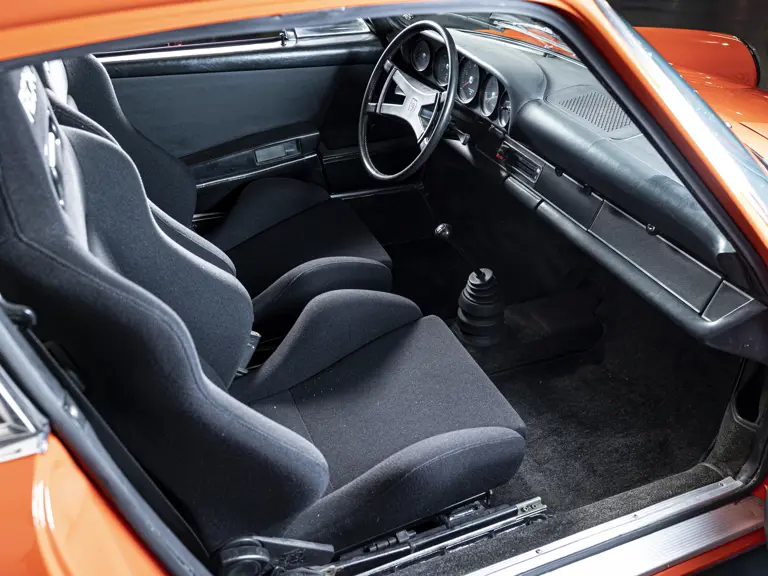
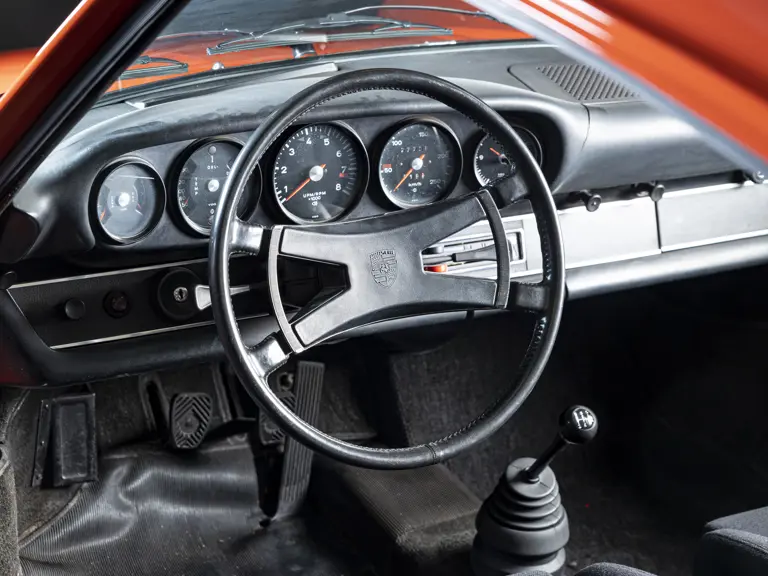
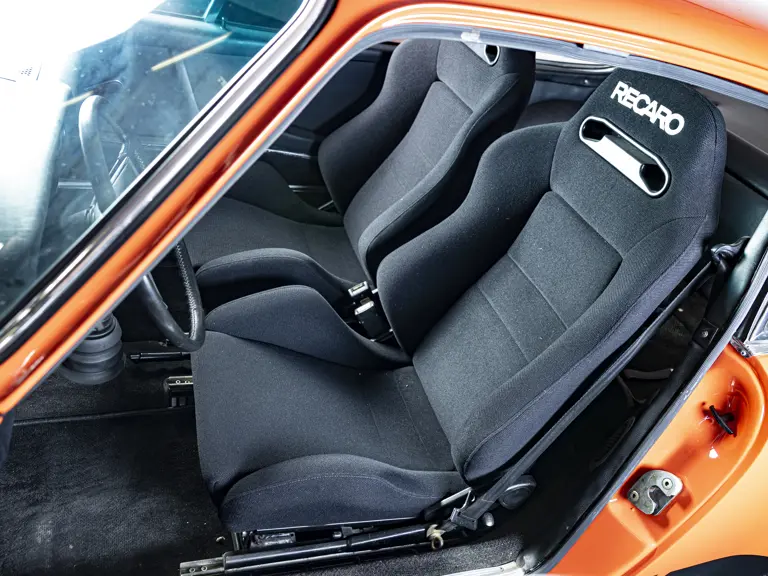
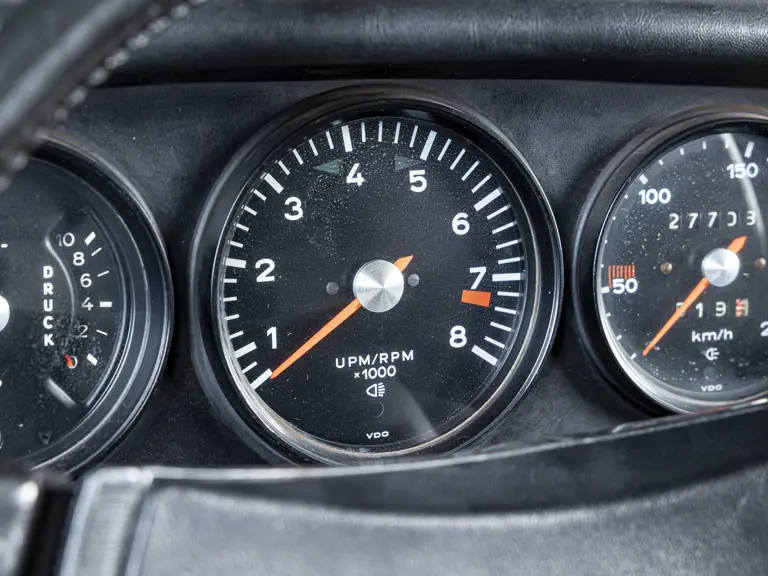

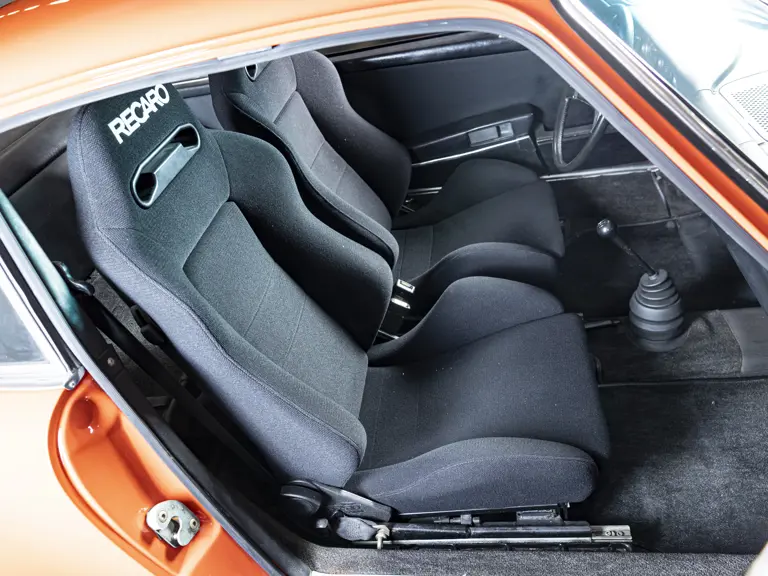
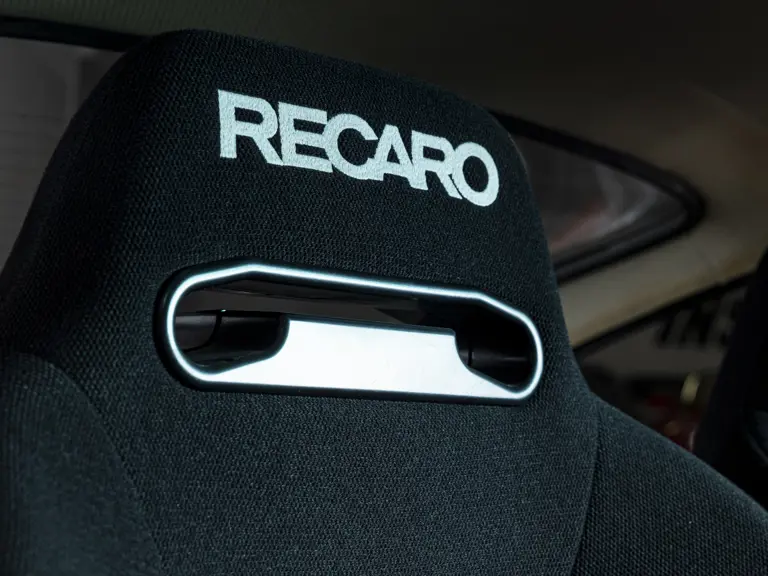
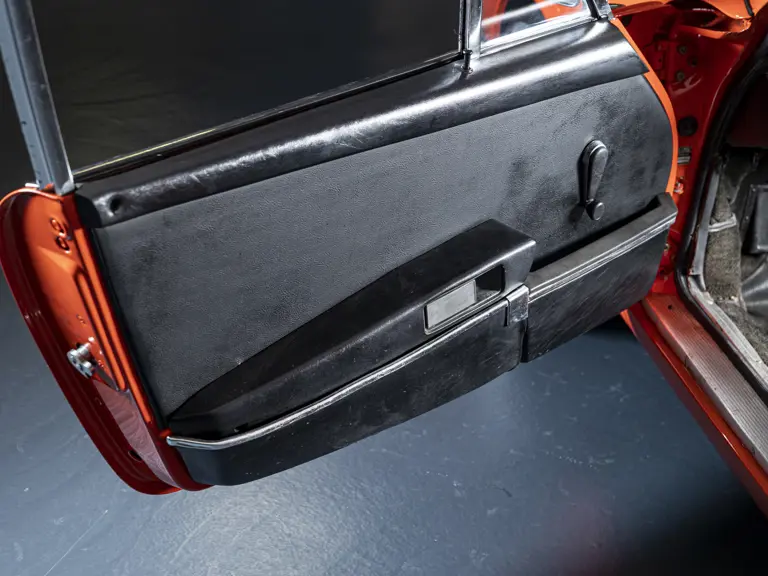


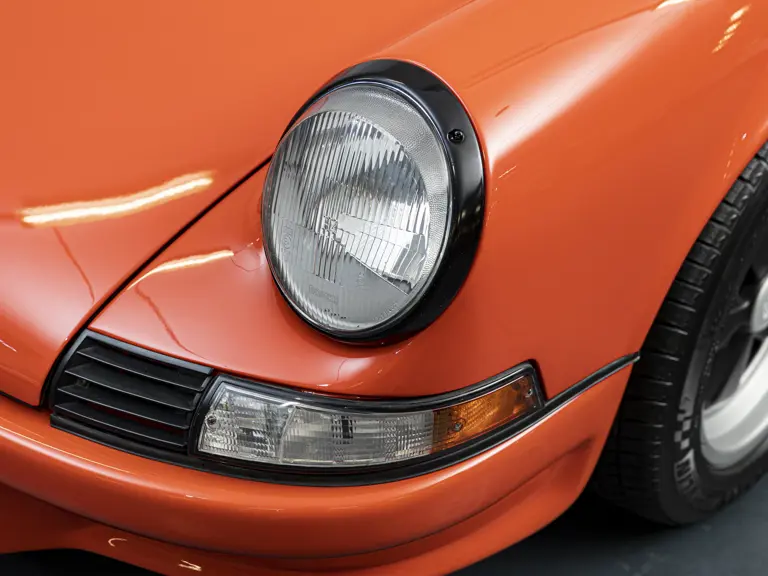
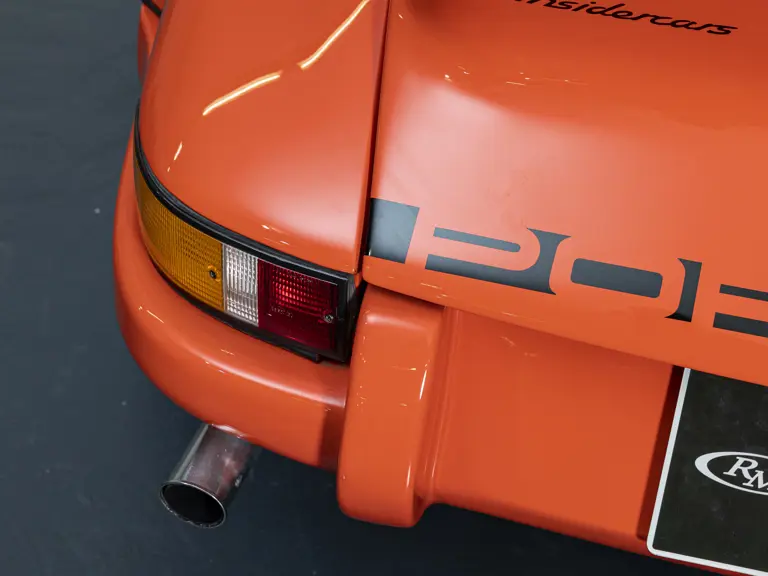



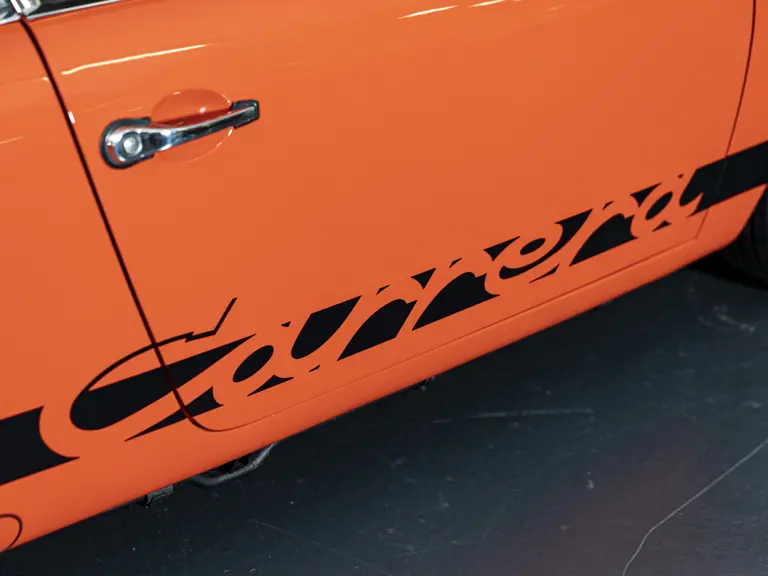
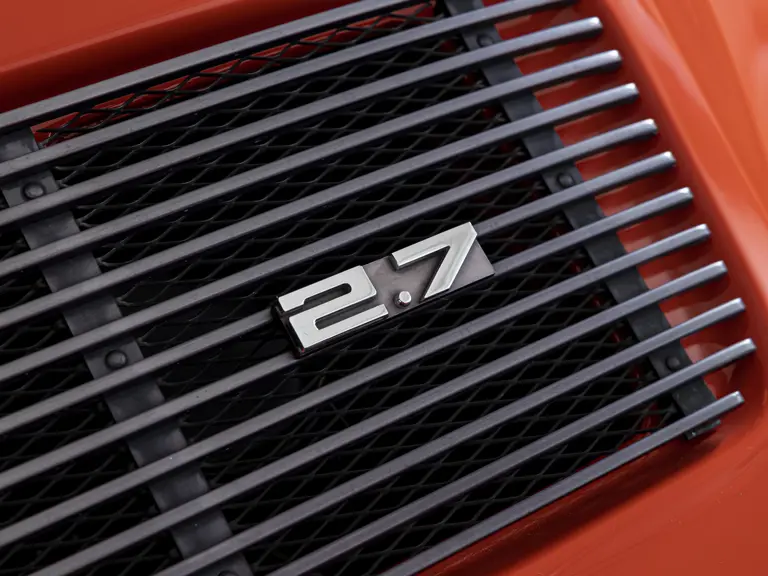
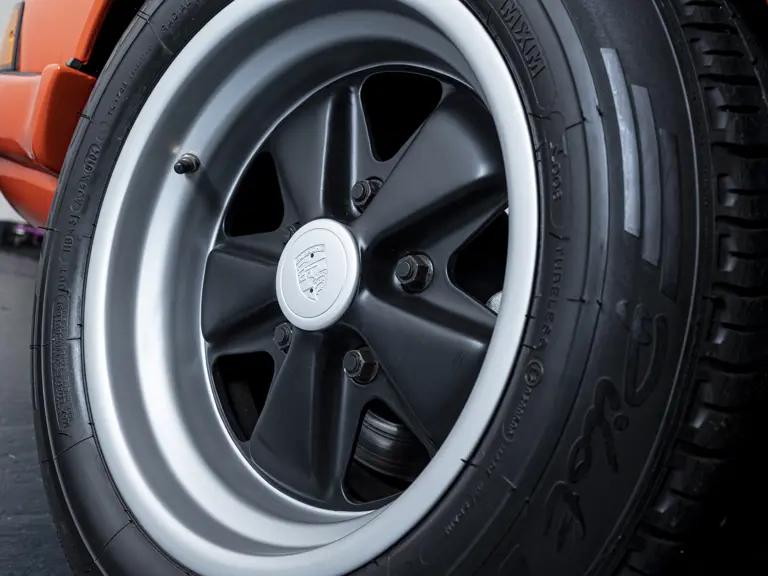
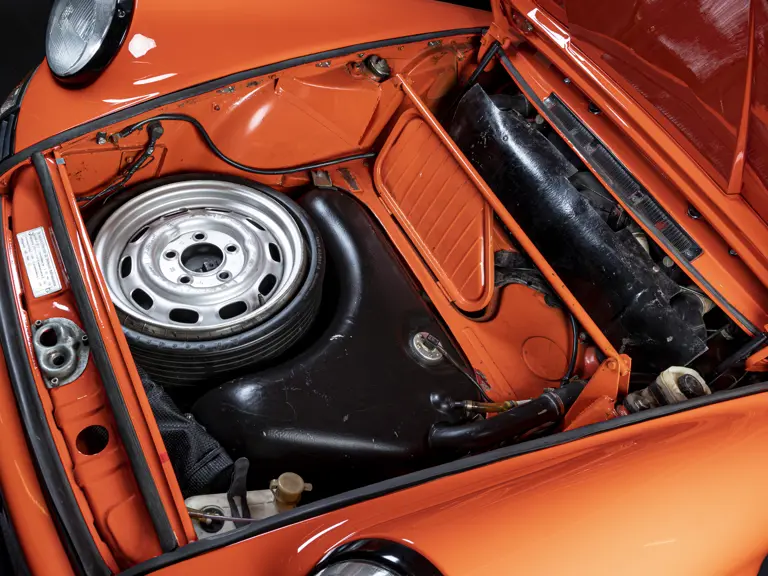
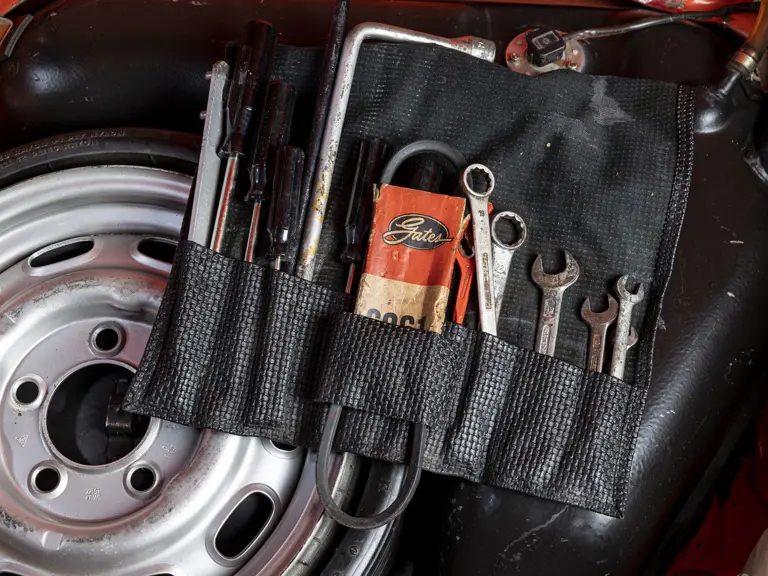


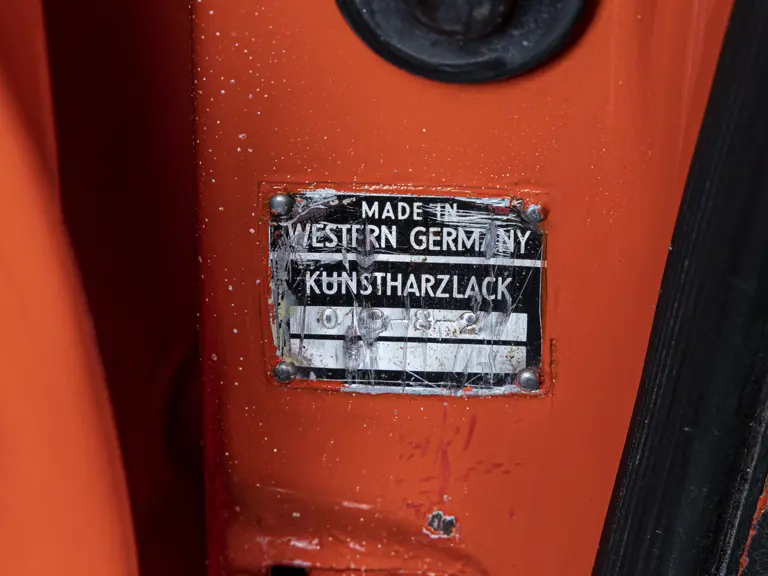
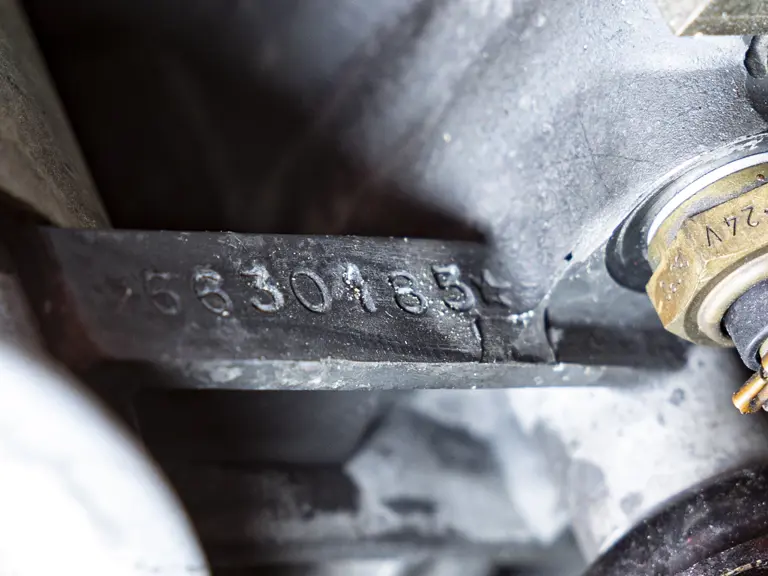

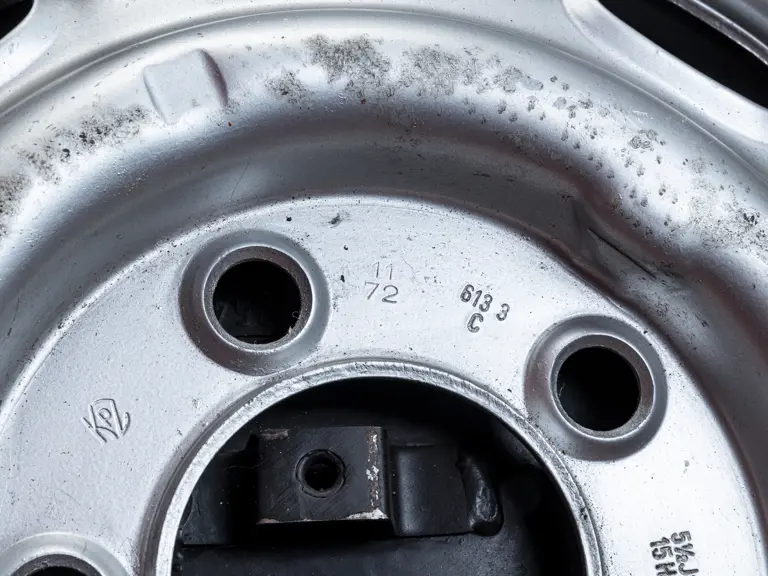
 | Langenthal, Switzerland
| Langenthal, Switzerland
